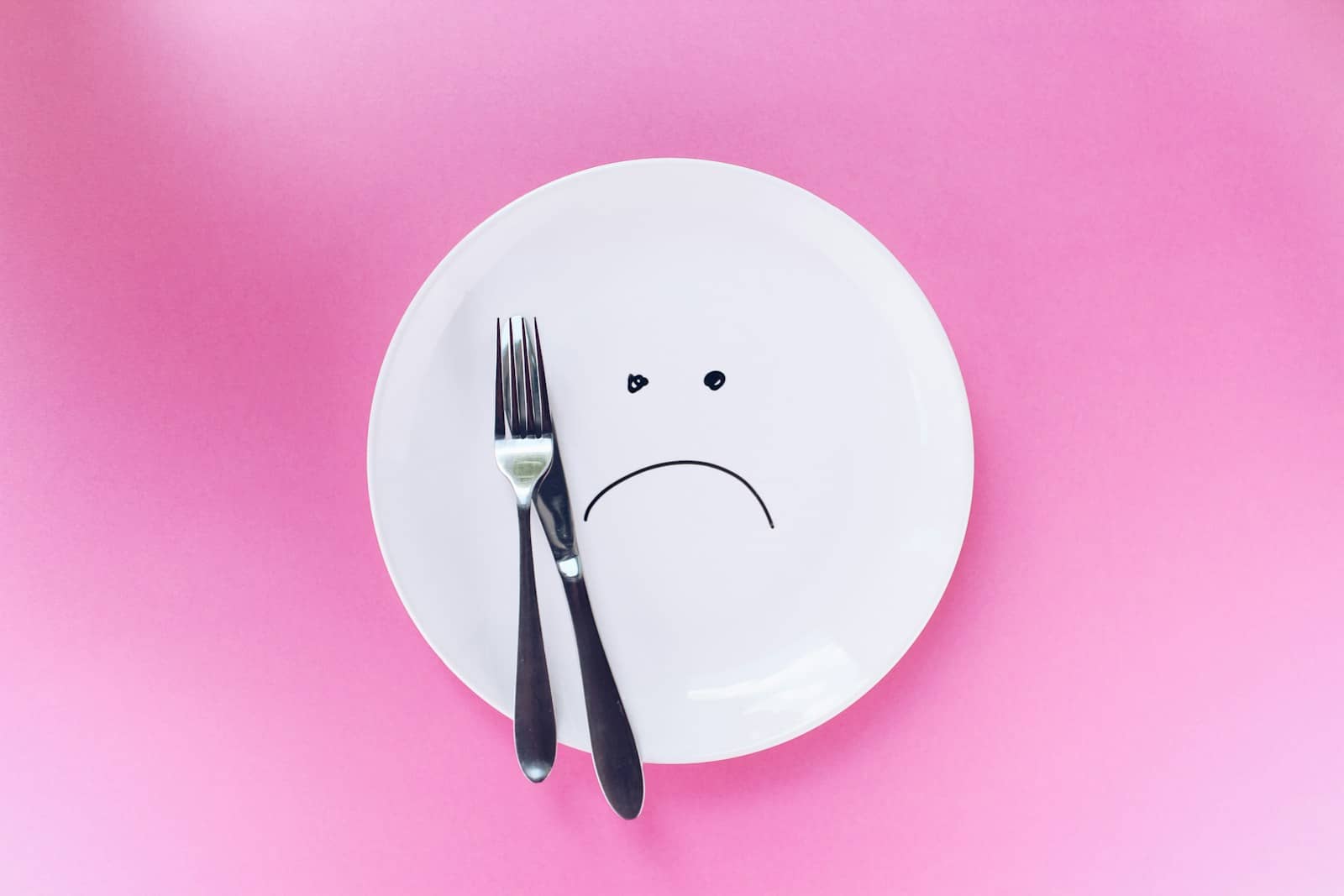Let’s Compare Diets..
Comparison of Popular Diets
Are you looking for a diet that suits your goals, preferences and lifestyle? With so many different types of diets out there, it can be hard to find the one that works best for you. In this article, we will compare some of the most popular diets and their pros and cons, based on scientific evidence and expert opinions.
Atkins
Atkins is a low-carbohydrate, high-protein diet that claims to help you lose weight by burning fat instead of glucose. The diet has four phases, starting with a very strict limit of 20 grams of carbs per day, and gradually increasing the amount as you reach your goal weight. Some of the benefits of Atkins are that it can lower your appetite, improve your blood sugar and cholesterol levels, and reduce your risk of diabetes and heart disease. However, some of the drawbacks are that it can cause side effects such as constipation, headache, bad breath and fatigue. It can also be hard to follow long-term, as it restricts many healthy foods such as fruits, vegetables, whole grains and legumes. Additionally, some studies have shown that low-carb diets may not be superior to other diets for weight loss or health in the long run.
Sources: [1](https://health.usnews.com/best-diet/best-diets-overall), [2](https://www.nutritionadvance.com/types-of-diets/)
Carnivore
Carnivore is a diet that consists of only animal foods, such as meat, eggs, cheese and butter. It excludes all plant foods, such as fruits, vegetables, grains, nuts and seeds. The rationale behind this diet is that humans are designed to eat meat and that plant foods are harmful or unnecessary. Some of the benefits of carnivore are that it can provide high amounts of protein, iron, zinc and vitamin B12, which are essential for muscle growth, energy production and immune function. It can also eliminate potential allergens or irritants from plant foods, such as gluten, lectins or oxalates. However, some of the drawbacks are that it can cause nutrient deficiencies, such as vitamin C, fiber, folate and antioxidants, which are important for skin health, digestion, DNA synthesis and disease prevention. It can also increase your intake of saturated fat and cholesterol, which may raise your risk of heart disease and stroke. Furthermore, there is no scientific evidence to support the claims that carnivore is beneficial or safe for human health.
Sources: [2](https://www.nutritionadvance.com/types-of-diets/), [3](https://www.sutterhealth.org/pdf/incentive-content/diet-comparison-guide.pdf)
DASH
DASH stands for Dietary Approaches to Stop Hypertension. It is a diet that aims to lower your blood pressure by reducing your sodium intake and increasing your consumption of potassium-rich foods. The diet emphasizes fruits, vegetables, whole grains, low-fat dairy products, lean meats, fish, nuts and seeds. It also limits foods that are high in salt, sugar, fat and cholesterol. Some of the benefits of DASH are that it can lower your blood pressure, improve your blood lipids and reduce your risk of cardiovascular disease and stroke. It can also help you lose weight if you follow a calorie-restricted version of the diet. However, some of the drawbacks are that it can be hard to follow if you eat out frequently or have a busy schedule. It can also be expensive to buy fresh produce and low-sodium products.
Sources: [1](https://health.usnews.com/best-diet/best-diets-overall), [3](https://www.sutterhealth.org/pdf/incentive-content/diet-comparison-guide.pdf)
The Dietary Guidelines
The Dietary Guidelines are the official recommendations from the U.S. government on how to eat healthily. They are updated every five years based on the latest scientific evidence. The current guidelines advise Americans to follow a healthy eating pattern that includes a variety of vegetables,
fruits, grains (mostly whole), protein foods (including seafood, lean meats, poultry, eggs, legumes, nuts and seeds), dairy products (preferably low-fat or fat-free) and oils (mostly from plants). They also recommend limiting added sugars, saturated fats and sodium to less than 10% of daily calories each. Some of the benefits of following the Dietary Guidelines are that they can help you meet your nutritional needs, prevent chronic diseases such as obesity, diabetes and heart disease and promote overall well-being. However, some of the drawbacks are that they may not suit everyone’s individual preferences or needs. They may also be influenced by political or industry interests rather than purely scientific evidence.
Sources: [4](https://www.forbes.com/health/nutrition/diet/best-diets/), [5](https://www.dietaryguidelines.gov/)
Ketogenic
Ketogenic is a very low-carbohydrate, high-fat diet that aims to put your body into a state of ketosis, where it burns fat instead of glucose for fuel. The diet typically allows about 20 to 50 grams of carbs per day, depending on your activity level and goals. The rest of your calories come from fat (about 70 to 80%) and protein (about 10 to 20%). Some of the benefits of ketogenic are that it can suppress your appetite, boost your metabolism, improve your blood sugar and insulin levels, and treat some neurological disorders such as epilepsy and Alzheimer’s disease. However, some of the drawbacks are that it can cause side effects such as keto flu, bad breath, muscle cramps, constipation and nutrient deficiencies. It can also be hard to follow long-term, as it limits many food choices and may affect your social life. Additionally, some studies have shown that ketogenic may not be better than other diets for weight loss or health in the long run.
Sources: [1](https://health.usnews.com/best-diet/best-diets-overall), [2](https://www.nutritionadvance.com/types-of-diets/)
Low-carbohydrate
Low-carbohydrate is a broad term that covers any diet that reduces your intake of carbohydrates below the recommended range of 45 to 65% of daily calories. The amount of carbs allowed can vary from 20 to 150 grams per day, depending on the type and level of restriction. Some examples of low-carb diets are Atkins, ketogenic, paleo and South Beach. Some of the benefits of low-carb diets are that they can lower your appetite, improve your blood sugar and insulin levels, and reduce your risk of diabetes and metabolic syndrome. However, some of the drawbacks are that they can cause side effects such as fatigue, headache, nausea and mood swings. They can also be hard to follow long-term, as they restrict many healthy foods such as fruits, vegetables, whole grains and legumes. Furthermore, some studies have shown that low-carb diets may not be better than other diets for weight loss or health in the long run.
Sources: [1](https://health.usnews.com/best-diet/best-diets-overall), [2](https://www.nutritionadvance.com/types-of-diets/)
Low-fat
Low-fat is a diet that limits your intake of fat to less than 30% of daily calories. The diet typically emphasizes fruits, vegetables, whole grains, lean meats, fish, poultry, low-fat dairy products and plant oils. It also limits foods that are high in saturated fat and cholesterol, such as butter, cheese, red meat and eggs. Some of the benefits of low-fat are that it can lower your cholesterol levels and reduce your risk of heart disease and stroke. It can also help you lose weight if you reduce your calorie intake as well. However, some of the drawbacks are that it can increase your hunger, lower your HDL (good) cholesterol levels and affect your absorption of fat-soluble vitamins such as A, D, E and K. It can also be hard to follow long-term, as it may not satisfy your taste buds or cravings.
Sources: [1](https://health.usnews.com/best-diet/best-diets-overall), [3](https://www.sutterhealth.org/pdf/incentive-content/diet-comparison-guide.pdf)















